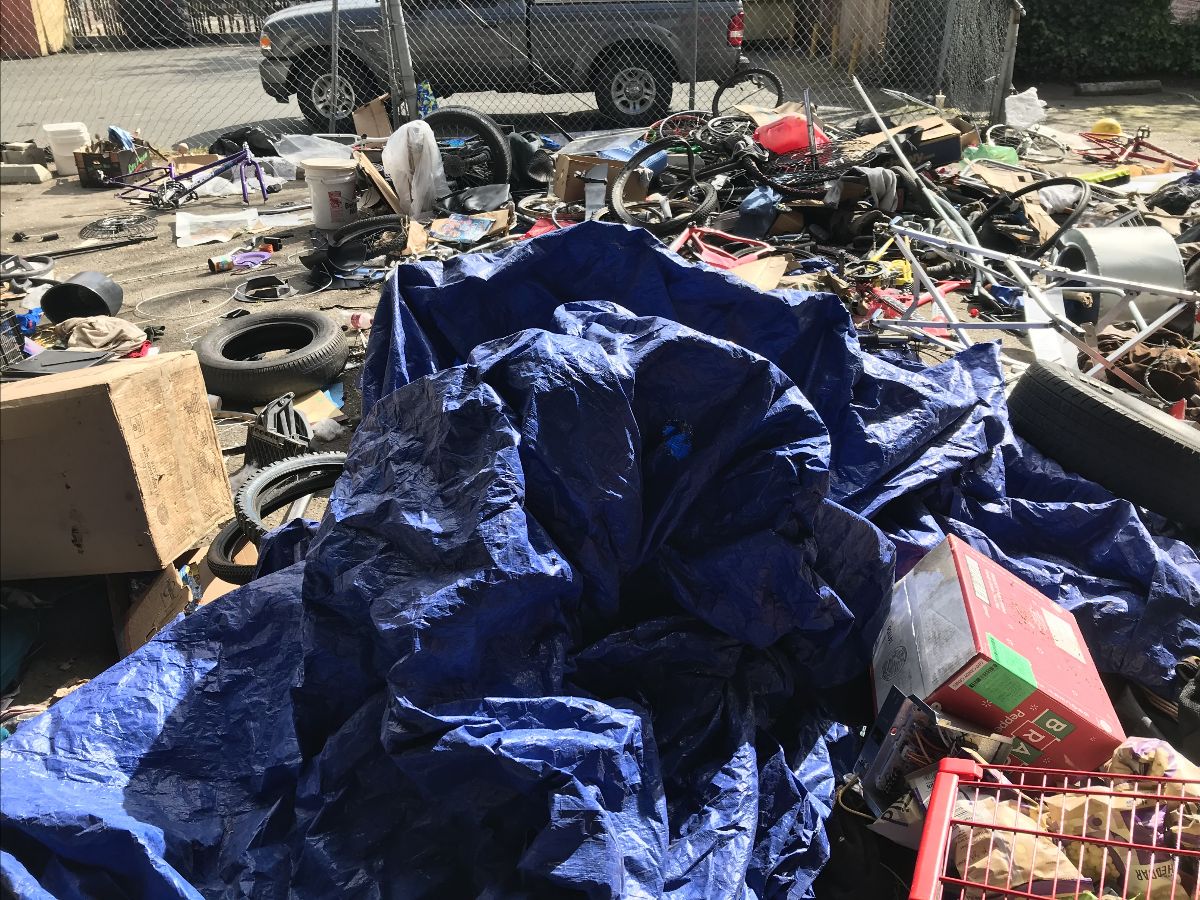
Throughout California, there is only shelter capacity for approximately 30% of people experiencing homelessness. This same ratio holds in Marin.
One of the most visible manifestations of unsheltered homelessness is encampments. According to the federal Department of Housing and Urban Development, encampments:
- May be a core group of people who are known to one another and who move together to different locations when necessary
- May be a changing group of people who cycle in and out of a single location
- May be comprised of tents or lean-to shacks built with scavenged materials
- May be people living in groups of cars, RVs, or other vehicles
Despite their outsized visibility and impacts, encampments remain relatively rare overall. Based on the best data we have, just 15% of people experiencing homelessness in Marin County reside in tent encampments.

Hard to See Progress
Over the last five years, the City of San Rafael, the County of Marin, and local service providers have been laser-focused on ending chronic homelessness. People experiencing chronic homelessness tend to generate the most public concern, accrue the highest emergency service costs, and are some of the most vulnerable people in the entire community.
Surprisingly perhaps, in 2020 our local system of care housed more people experiencing chronic homelessness than ever, in part because of new State funding for housing, such as Project Homekey, as well as increased engagement from local landlords who are willing to take housing vouchers (approximately 80% of the over 300 chronically homeless people we have housed are in scattered site rental units all across the county, from Mill Valley to Novato, Larkspur to Inverness).
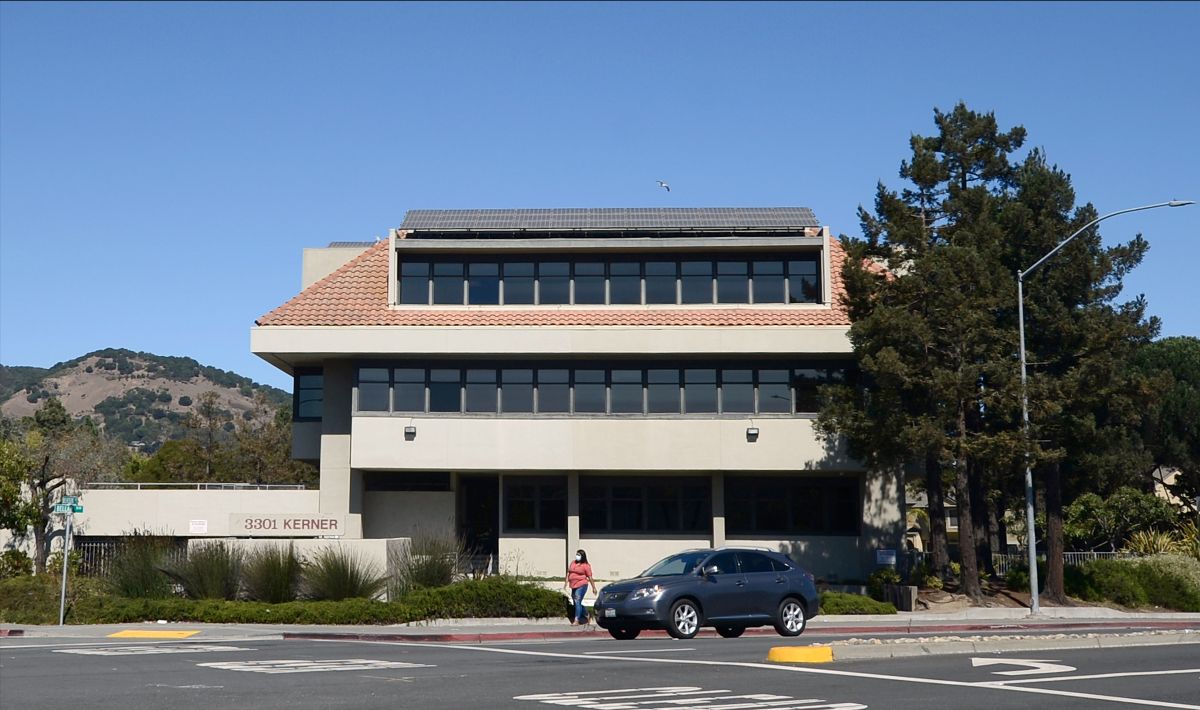
In November of 2019, the City of San Rafael contributed
over $1.3 million to support the purchase of 3301 Kerner for 44 units of
permanent supportive housing. (photo courtesy of Marin IJ)
CDC Guidance
In San Rafael, our biggest encampment is currently located under the 101 viaduct in central San Rafael. It first emerged with only a handful of people in the early months of the pandemic. That timing is important.
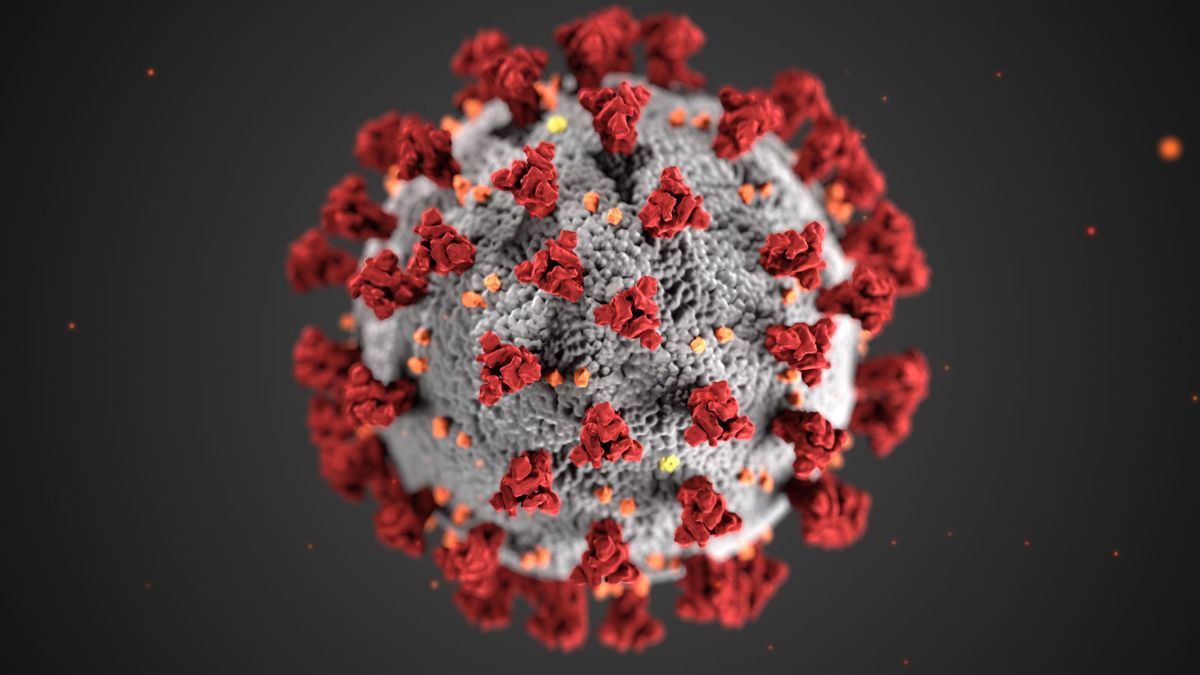
COVID-19 has significantly impacted our community’s unsheltered response.
At the start of the pandemic, when very little was known about the COVID-19 virus, the Centers for Disease Control (CDC) put out guidance to communities across the country regarding how to support people experiencing homelessness. Those guidelines specifically called out encampments:
“If individual housing options are not available, allow people who are living unsheltered or in encampments to remain where they are. Clearing encampments can cause people to disperse throughout the community and break connections with service providers. This increases the potential for infectious disease spread.”
Because the viaduct is a mixture of private property and State property managed by Caltrans, the City has been meeting regularly with Caltrans senior management to find mutually beneficial ways to mitigate the negative impacts of these encampments while still abiding by the CDC guidlines.
Legal Guidance
In addition to our current public health challenges, in recent years a court case called Martin v. Boise gradually worked its way through the 9th Circuit Court, ultimately finding that it is unconstitutional to impose criminal penalties on people experiencing homelessness for sitting, sleeping, or lying outside on public property if there is not sufficient shelter for those individuals. The Supreme Court declined to take up the case, and the original 9th Circuit precedent remained in place.
When the 9th Circuit Ruling was appealed to the US Supreme Court, a key question was sleep. The original ruling centered around sleep being a basic human right. It is cruel to wake people up or move them along if they’re not doing anything wrong, especially if they have nowhere else to go.
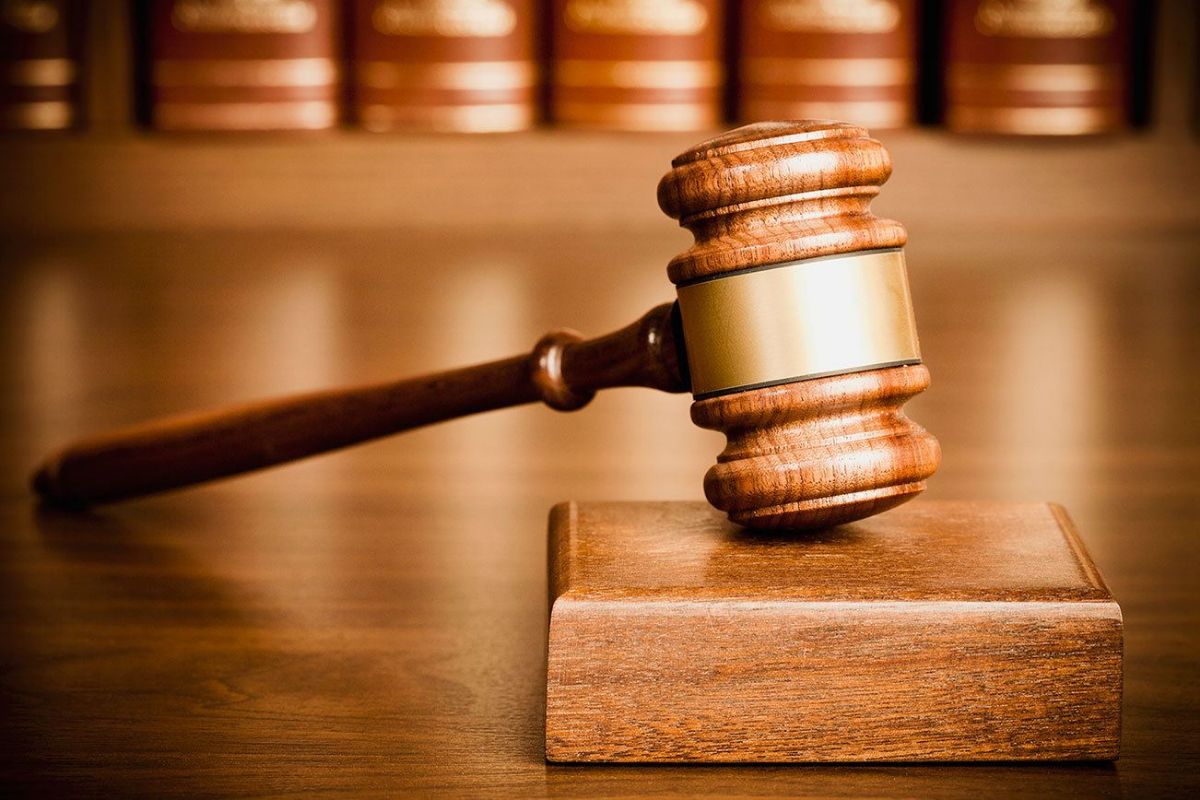
In the wake of this ruling, however, there is a serious question about the intersection of sleep and informal shelter. Are encampments – which essentially become permanent structures, a place for gathering during waking hours, and a location for storage and other personal belongings – the same thing as sleep?
As Bay Area cities like Santa Cruz have been learning, over the past few months, as more litigation around encampments has been arising, rather than further refining the Martin v. Boise precedent, local judges have been focused on public health concerns (i.e. the CDC’s guidance).
101 Viaduct
Despite immense challenges, most of which are beyond the City’s control, the City has not sat idly by. Since the start of the pandemic, the City and its partners have taken a number of steps to responsibly address encampments in our community, in particular the 101 viaduct encampment:
- City Electeds and Staff have been meeting with Senator Mike McGuire, Caltrans, and the County of Marin since September to develop solutions.
- Community Action Marin is providing daily outreach to the site.
- Downtown Streets Team is conducting weekly outreach (and has even recruited four new Team Members).
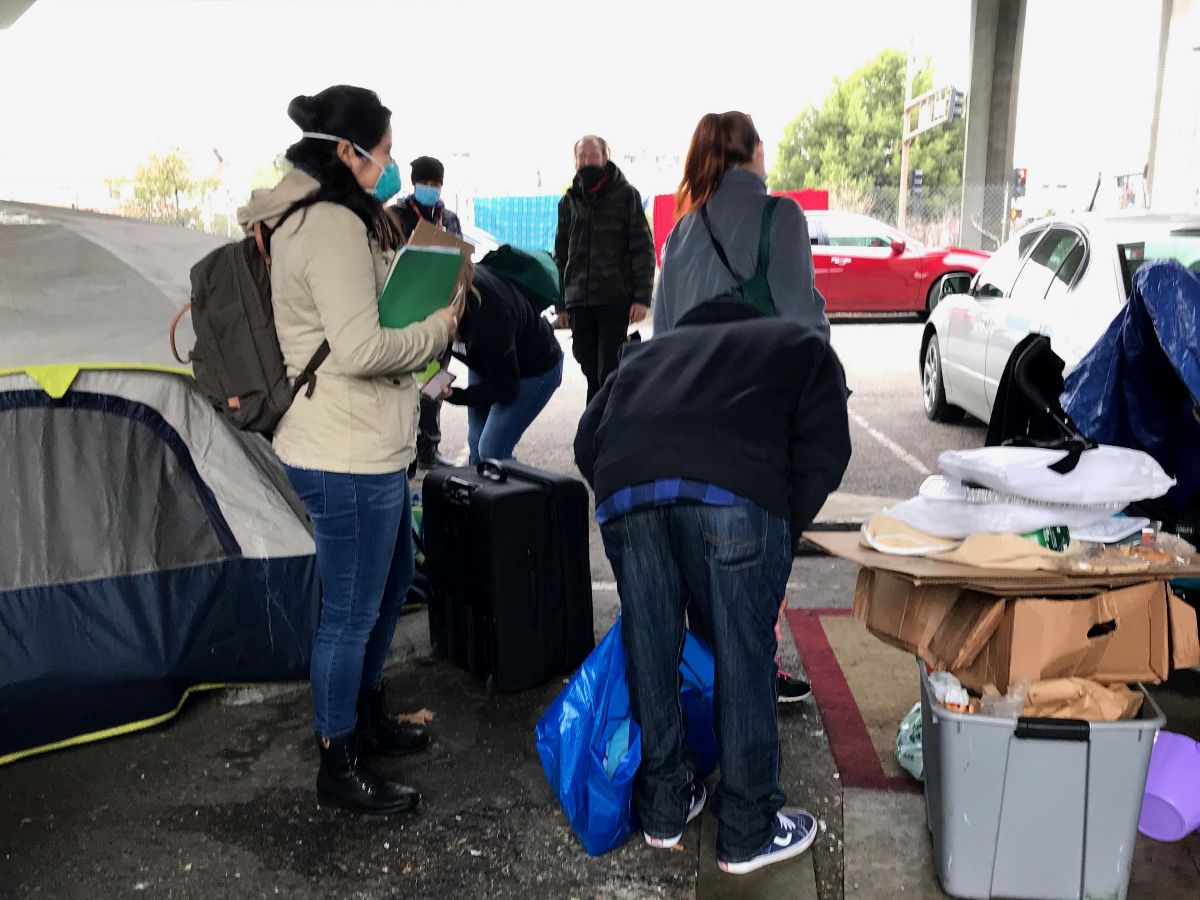
A team of outreach workers, including the City, the County, and Downtown Streets Team, providing outreach at the viaduct encampment
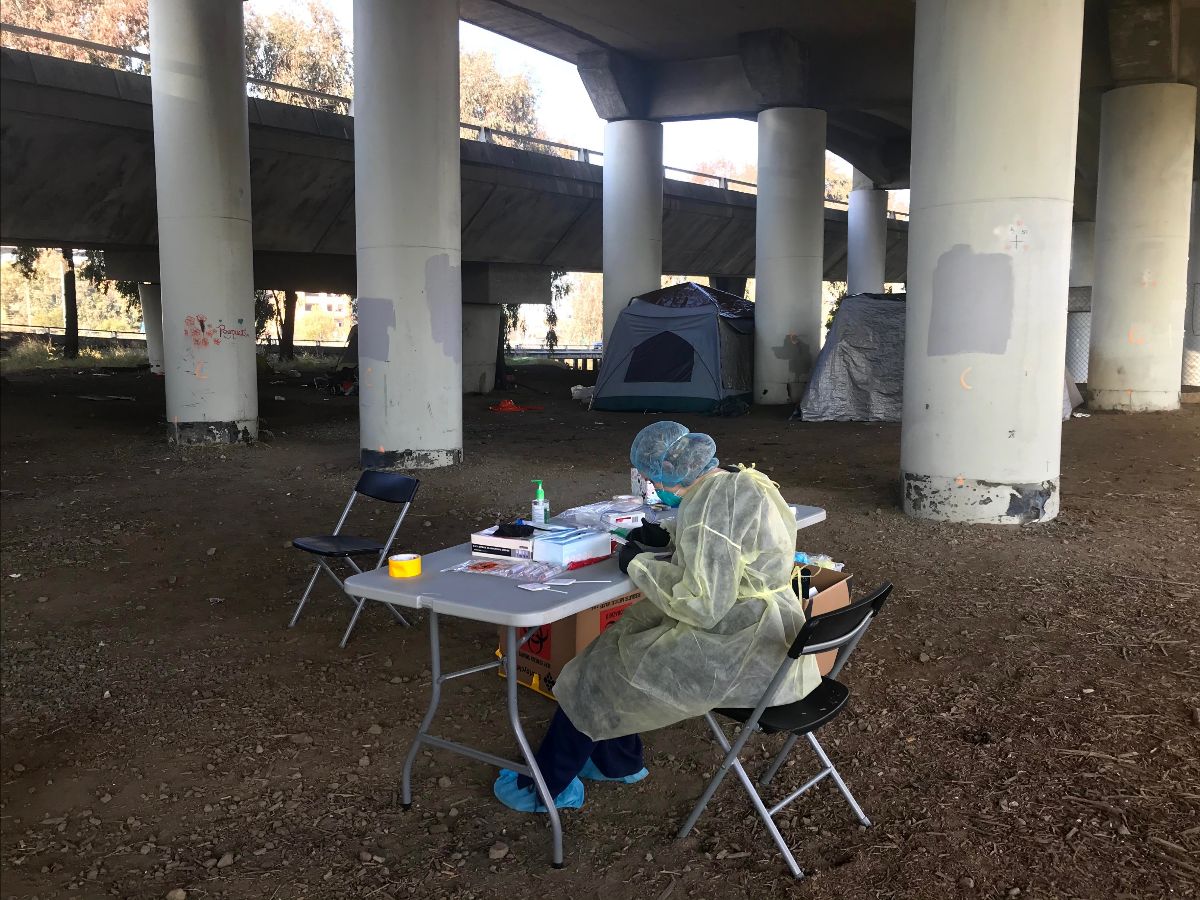
We have partnered with the County to provide COVID-19 testing opportunities for people residing under the viaduct.
- Lynn Murphy, the City’s Mental Health Outreach Liaison, is going by the site twice a week.
- All of this outreach is ultimately about housing. The County, City, and local service providers are meeting weekly to case-conference the individual housing needs of the approximately 30 people living under there.
- The City’s Department of Public Works continues to assist with Tuesday morning trash pickups.
- Marin Sanitary is now servicing trashcans that have been deployed throughout the park and ride.

Trash and debris prior to a weekly cleanup
Top Priority
Since it first emerged, the 101 viaduct encampment has been a top priority for the City. We are doing everything we possibly can to responsibly and compassionately address this growing site, and we sincerely appreciate the community’s patience and support as we work through these extremely challenging issues.

